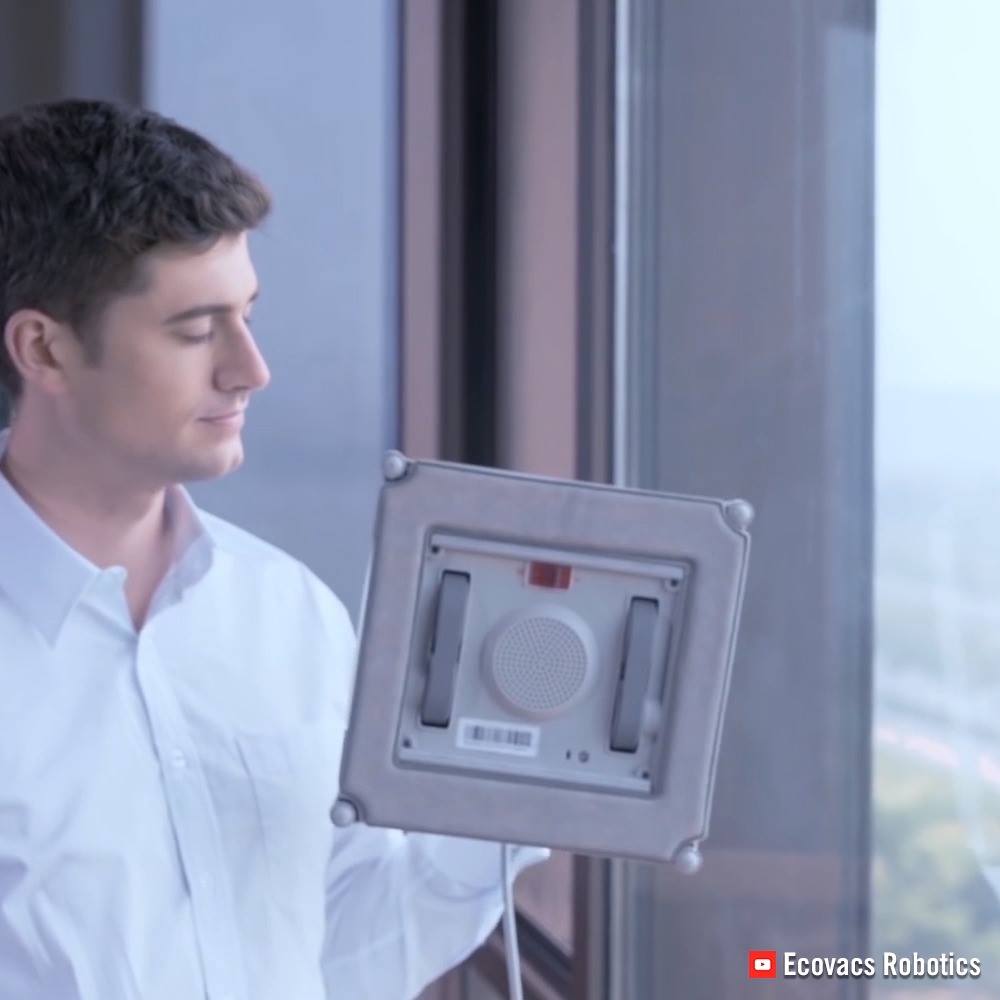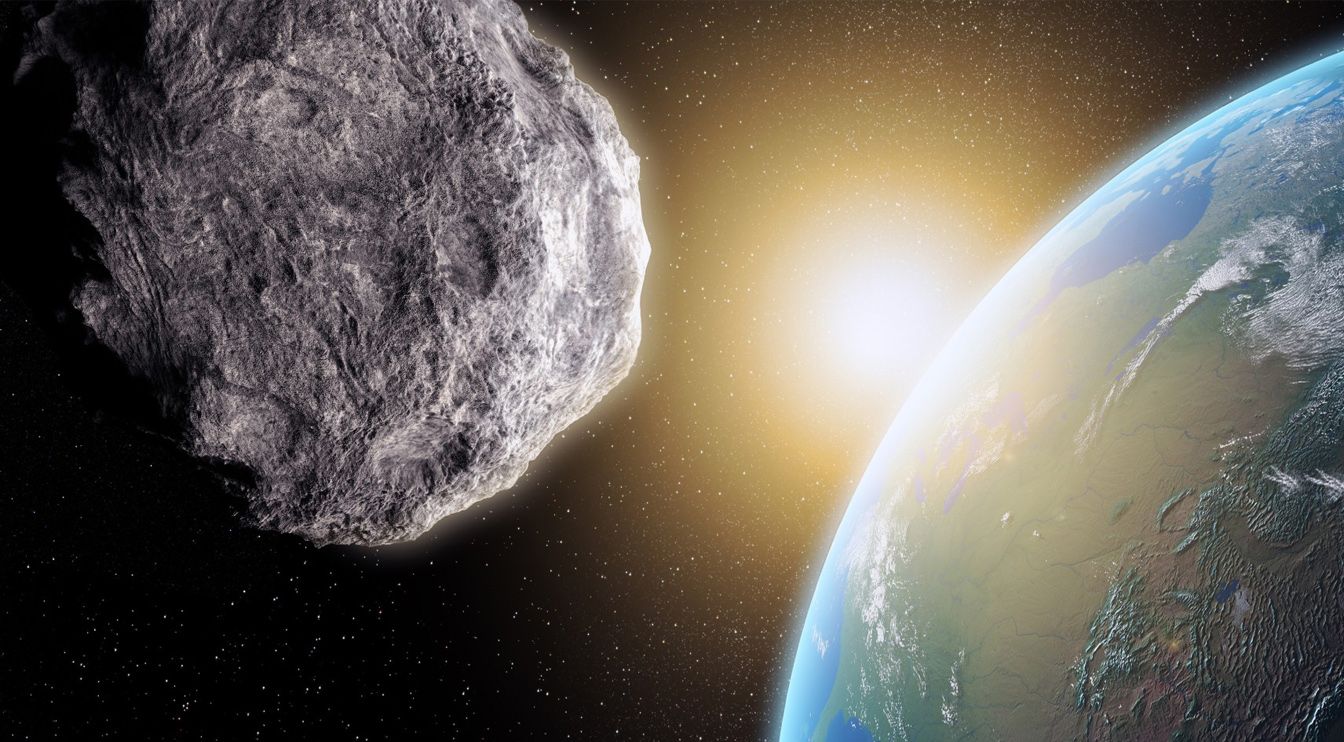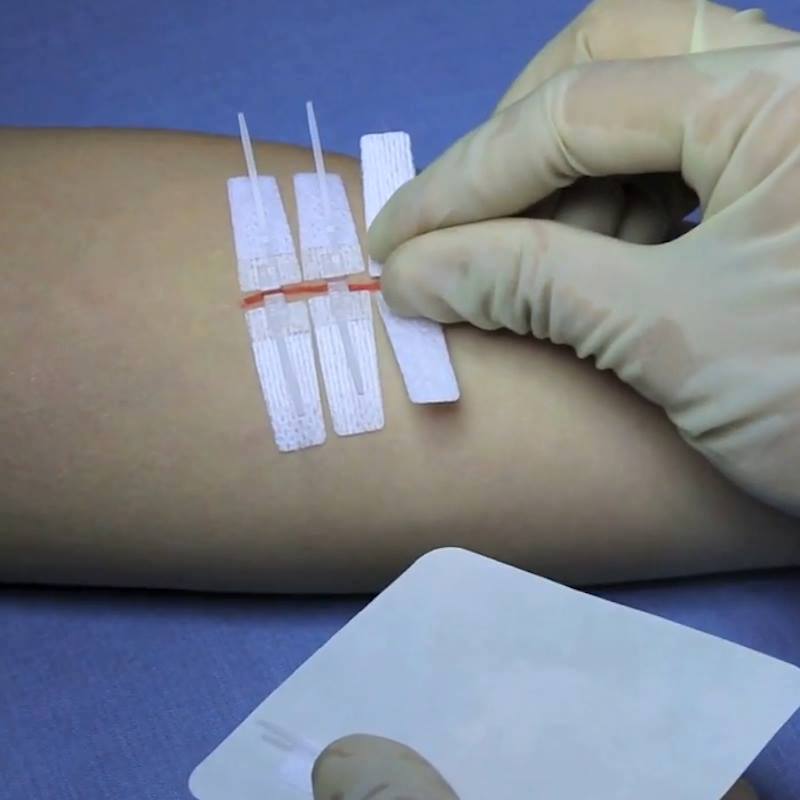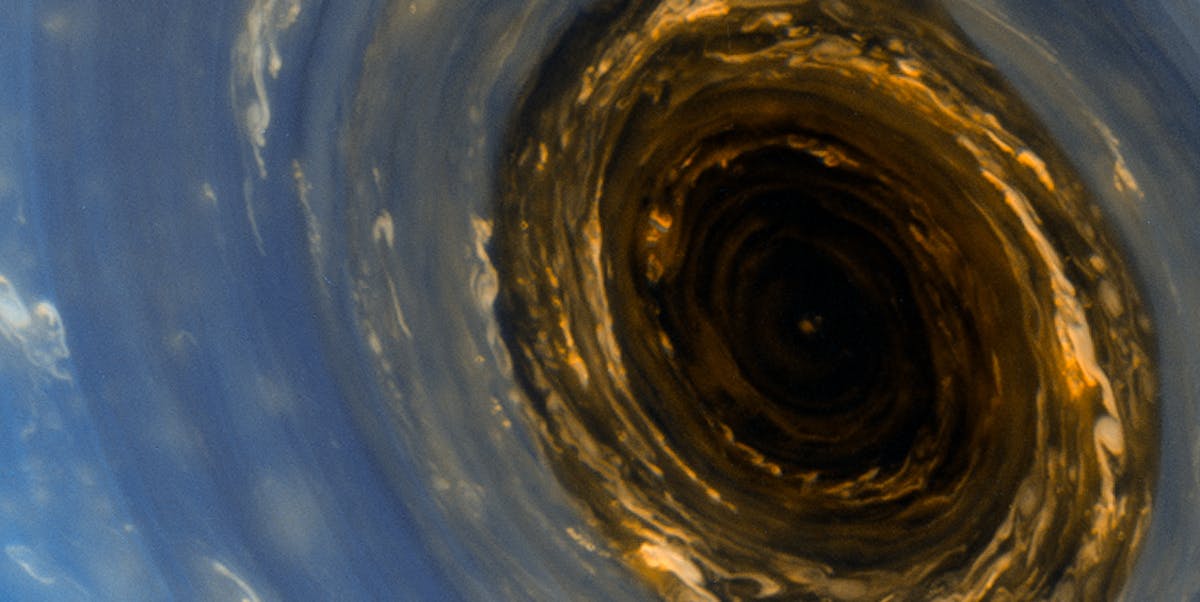Page 9997
Jul 30, 2018
Allevi, Made in Space team up to develop first 3D bioprinter in space
Posted by Klaus Baldauf in categories: 3D printing, bioprinting, education, space
3D bioprinting company Allevi has teamed up with California-based 3D printing and space technology firm Made In Space to develop the Allevi ZeroG – the first 3D bioprinter capable of working in low-gravity conditions.
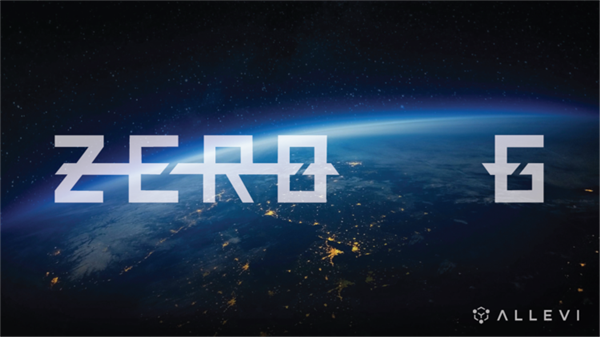
Allevi (formerly BioBots) was founded in 2014 by University of Pennsylvania graduates Ricardo Solorzano and Daniel Cabrera. At the time, the ambitious duo set out to develop an accessible desktop bioprinting system which could be used for a wide variety of research and educational applications.
Continue reading “Allevi, Made in Space team up to develop first 3D bioprinter in space” »
Jul 30, 2018
What Comes After Silicon?
Posted by Shailesh Prasad in categories: computing, materials
Silicon is the king of the computing world. Almost all commercial integrated circuits have been based on silicon and, for the most part, on a single basic process called complementary metal oxide (CMOS).
But the end of silicon may be in sight. Even industry giant IBM acknowledges that silicon’s days are numbered. But why? And what’s going to replace it?
There is a whole raft of new materials and partial replacements for silicon in the offing. But I could have written that very sentence two decades ago—maybe even as far back as 1980. Yet silicon remains dominant.
Jul 30, 2018
A Moon For All Mankind
Posted by Klaus Baldauf in categories: bioengineering, space travel, virtual reality
Few in life get to walk on the Moon. Samsung says, do what you can’t. Working with creative agency Iris and engineering experts Mannetron, Framestore proudly joined Samsung’s mission to bring space travel to all, in the approach to the 50th anniversary of the first lunar landing. ‘A Moon For All Mankind’ is the world’s first lunar gravity simulation VR experience, created in collaboration with NASA Johnson Space Center (JSC), using the Samsung Gear VR and a custom-built rig. Having launched under embargo at the 2018 Winter Olympics and at Mobile World Congress, July sees the experience land publicly at Samsung 837, in New York City.
Jul 30, 2018
Chinese Scientists Want to Capture a Small Asteroid and Land it on Earth
Posted by Shailesh Prasad in categories: robotics/AI, space
Space agencies have successfully studied asteroid and comets up close on several occasions, but capturing one for mining is also in the works. A group of Chinese scientists is looking to go a step further. Their ambitious plan involves not just capturing an asteroid, but bringing it down to the surface of Earth for study and mining.
This does sound pretty crazy on the face of it, but researchers from the National Space Science Center of the Chinese Academy of Sciences say it’s feasible. Researcher Li Mingtao and his team presented the idea at a conference to explore ideas for future technology in Shenzhen. Li says that the mission could focus on asteroids that cross Earth’s orbit, which could make them a potential hazard in the future. The Chinese plan could turn a hazard into a new source of rare materials.
The asteroids targeted by this project would be on the small side — probably just a few hundred tons. The first step is to send a fleet of small robotic probes to intercept the space rock. Then, they would deploy a “bag” of some sort that covers the asteroid, allowing the robots to slowly alter its course and steer it back to Earth.
Continue reading “Chinese Scientists Want to Capture a Small Asteroid and Land it on Earth” »
Jul 30, 2018
DARPA pushes for AI that can explain its decisions
Posted by Shailesh Prasad in categories: innovation, robotics/AI
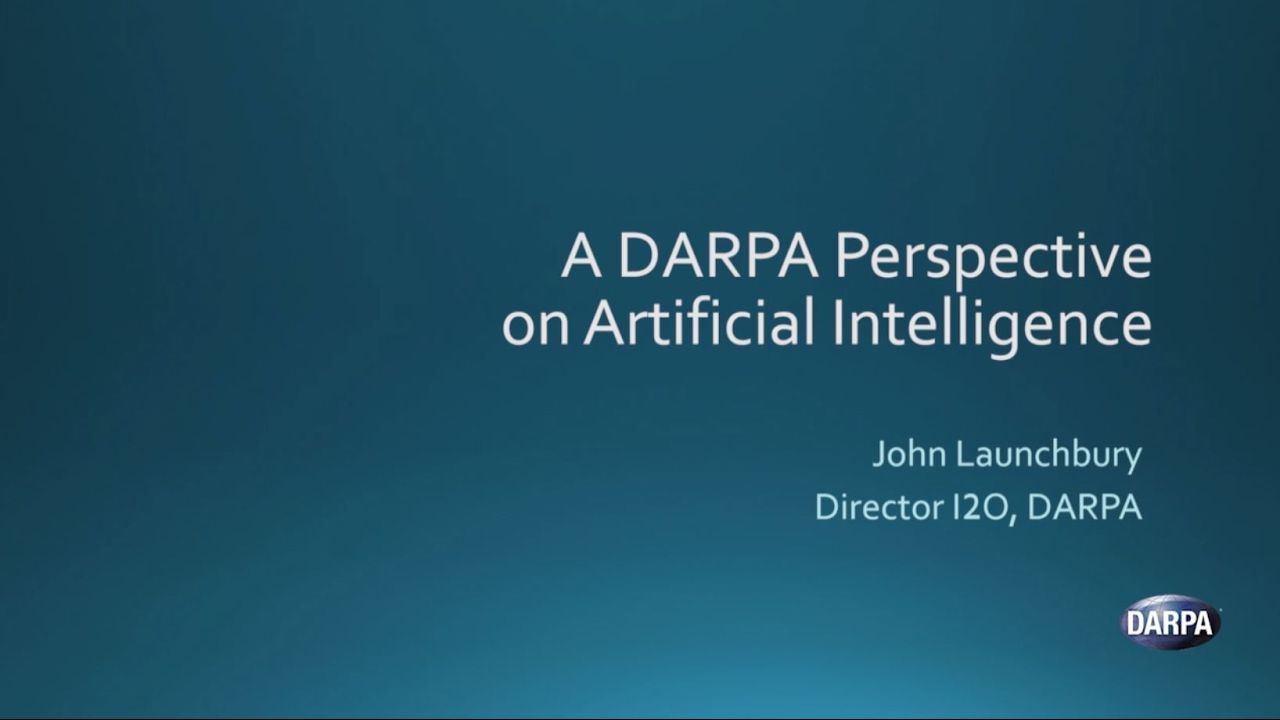
Companies like to flaunt their use of artificial intelligence to the point where it’s virtually meaningless, but the truth is that AI as we know it is still quite dumb. While it can generate useful results, it can’t explain why it produced those results in meaningful terms, or adapt to ever-evolving situations. DARPA thinks it can move AI forward, though. It’s launching an Artificial Intelligence Exploration program that will invest in new AI concepts, including “third wave” AI with contextual adaptation and an ability to explain its decisions in ways that make sense. If it identified a cat, for instance, it could explain that it detected fur, paws and whiskers in a familiar cat shape.
Importantly, DARPA also hopes to step up the pace. It’s promising “streamlined” processes that will lead to projects starting three months after a funding opportunity shows up, with feasibility becoming clear about 18 months after a team wins its contract. You might not have to wait several years or more just to witness an AI breakthrough.
Continue reading “DARPA pushes for AI that can explain its decisions” »
Jul 30, 2018
Our Brain Waves Can Be Transmitted By Electrical Fields
Posted by Shailesh Prasad in category: neuroscience
Jul 30, 2018
If you’re scared of needles, this is for you!
Posted by Shailesh Prasad in category: futurism
Jul 30, 2018
Hubble Snapped Exquisite Photos of Mars and Saturn as They Passed Earth
Posted by Shailesh Prasad in category: space
Well lit and close to Earth this summer, Mars and Saturn got the crisp glamor shots that they so richly deserve, courtesy of the Hubble Space Telescope.
On June 27, Saturn’s orbit brought it into opposition with the Earth, meaning that the two planets were fully aligned with the sun, and as a consequence Saturn could reflect a maximum amount of sunlight back towards Earth. Hubble — NASA’s cheeky interstellar paparazzo and a non-sentient satellite containing imaging hardware — observed the planet on June 6, 2018, while it was about 870 million miles from Earth.
Due to Saturn’s tilt toward the Earth at this moment in its orbit, Hubble was able to very clearly image all of the bands and gaps that comprise Saturn’s rings: Moving inward from the outermost ring, these are known as the A ring, the Encke Gap, the Cassini Division, the B ring, and the C ring with the Maxwell Gap.
Continue reading “Hubble Snapped Exquisite Photos of Mars and Saturn as They Passed Earth” »


